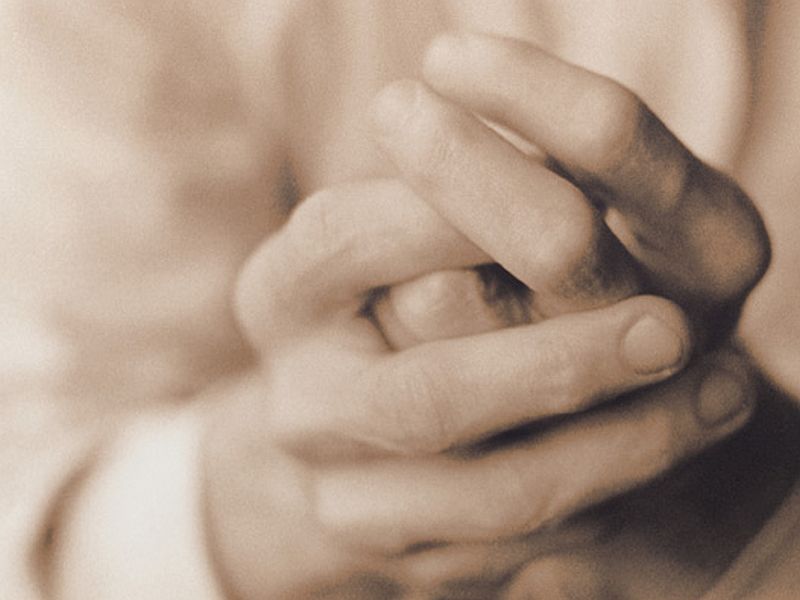
Known as OA, it causes pain and other symptoms in joints, which can affect the ability to do everyday tasks. There's no known cure, but there are treatments that can relieve pain and maintain joint function, according to a rheumatologist at Wake Forest Baptist Health in Winston-Salem, N.C.
"Osteoarthritis is the thinning or wearing down of cartilage, which is the cushion between the separate bones in a joint," Dr. Francis Luk said in a health system news release. "When your doctor says you have arthritis, most often they are referring to osteoarthritis."
The main risk factors are aging, obesity, prior injury, repetitive stress on a joint and genetics. OA can occur in any joint, but the most common are knees, hips and hands.
"Symptoms vary from person to person but someone with osteoarthritis of the knee typically will have pain when they stand up from a seated position or when they're walking, especially when going up and down stairs," Luk said.
"With osteoarthritis of the hands, people typically experience pain when they do things that involve gripping - washing dishes, holding a wrench, opening a jar, things like that," he added.
Treatments include over-the-counter drugs such as acetaminophen (Tylenol) and nonsteroidal anti-inflammatory drugs, or NSAIDs, such as aspirin, ibuprofen (Advil, Motrin) and naproxen sodium (Aleve).
Other non-prescription options include topical creams and gels, such as those containing trolamine salicylate (Aspercreme), and the use of heating pads and ice packs.
Assistive devices such as canes, shoe orthotics, jar openers and tools with thicker handles can help with routine tasks.
For more advanced cases of OA, there are prescription pills and creams and steroid injections. The last resort is joint replacement surgery, especially of knees and hips.
"We always try to delay turning to surgery for as long as we can," Luk said. "However, if you get to a point where you can't walk from your living room chair to the bedroom, it would be a good idea to see an orthopedic surgeon."
And, remember, two of the best ways to combat OA are maintaining a normal weight and getting regular exercise, he said.
"I tell people to do as much as they can tolerate until they have some pain and then rest," Luk said. "I never recommend completely stopping activities, because the downside of inactivity is worse than osteoarthritis."

Source: Wake Forest Baptist Health System, news release, Oct. 10, 2019.







0 Comments